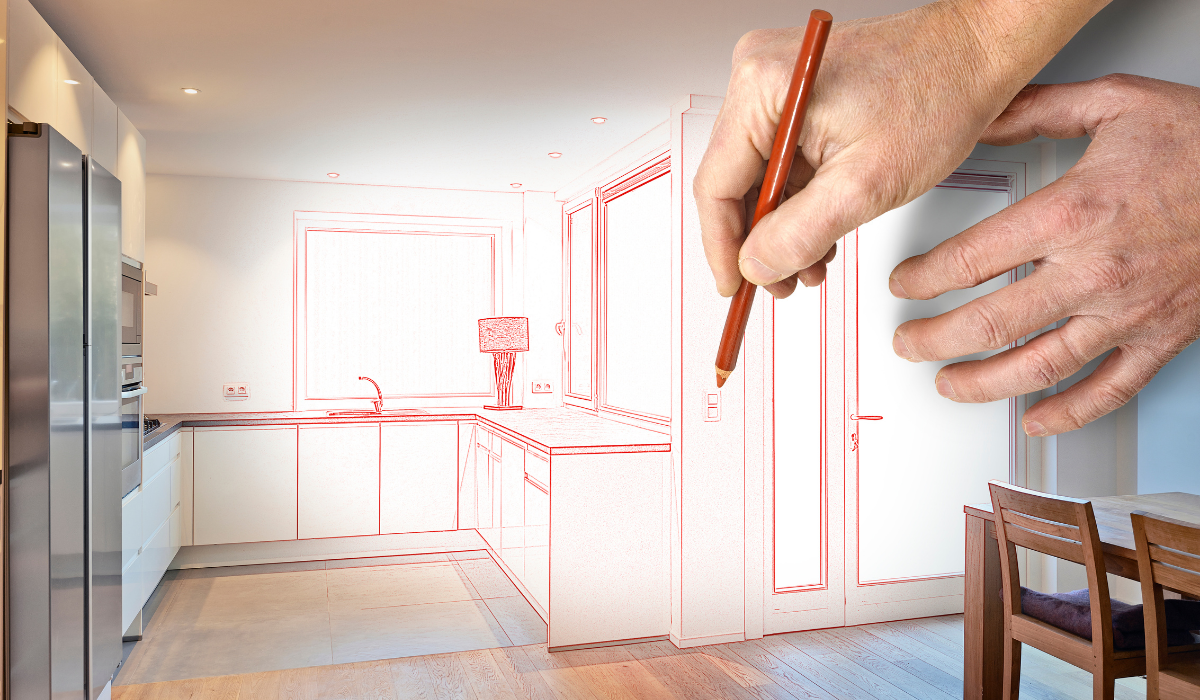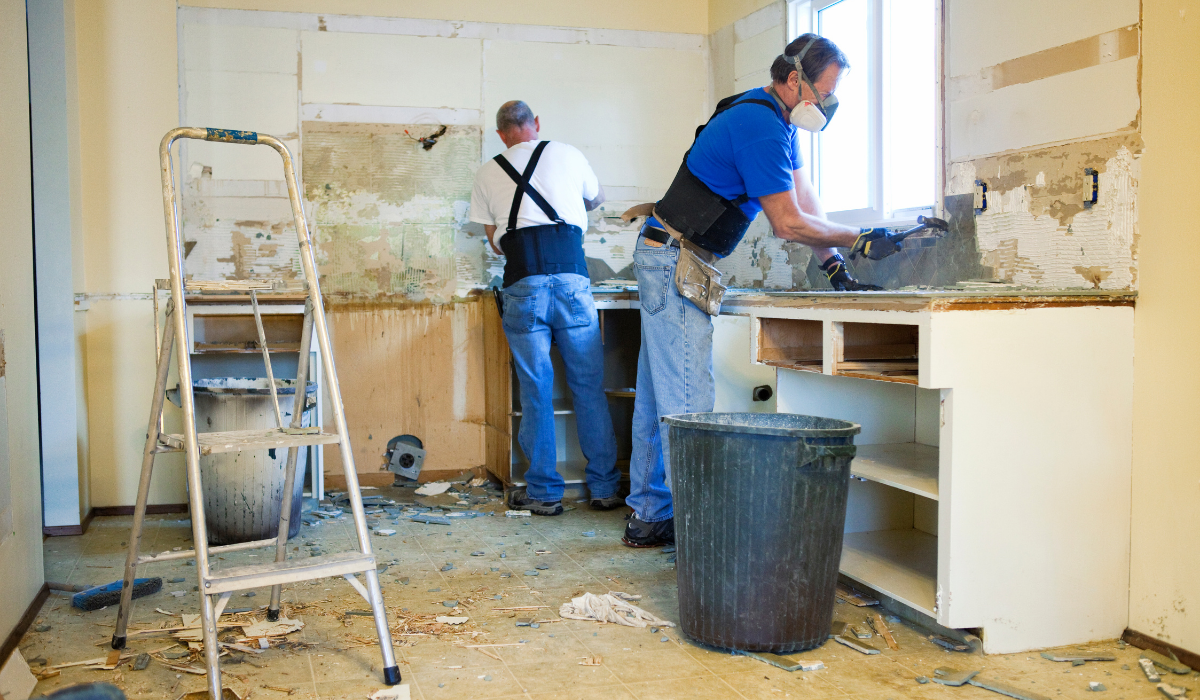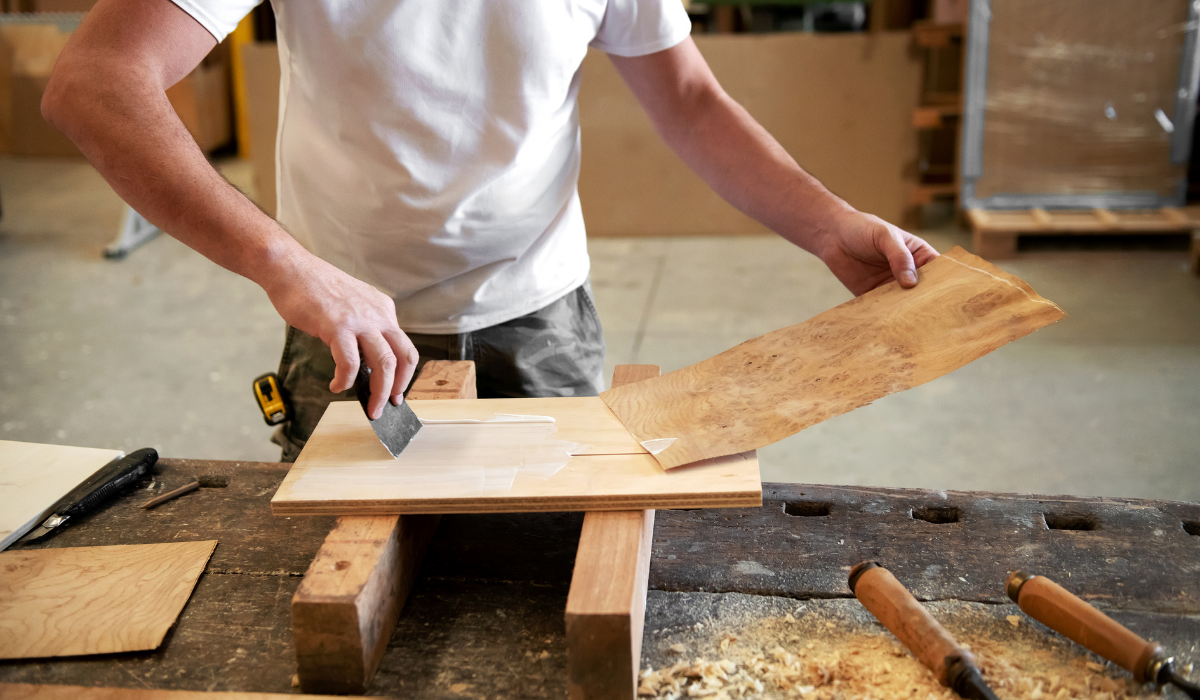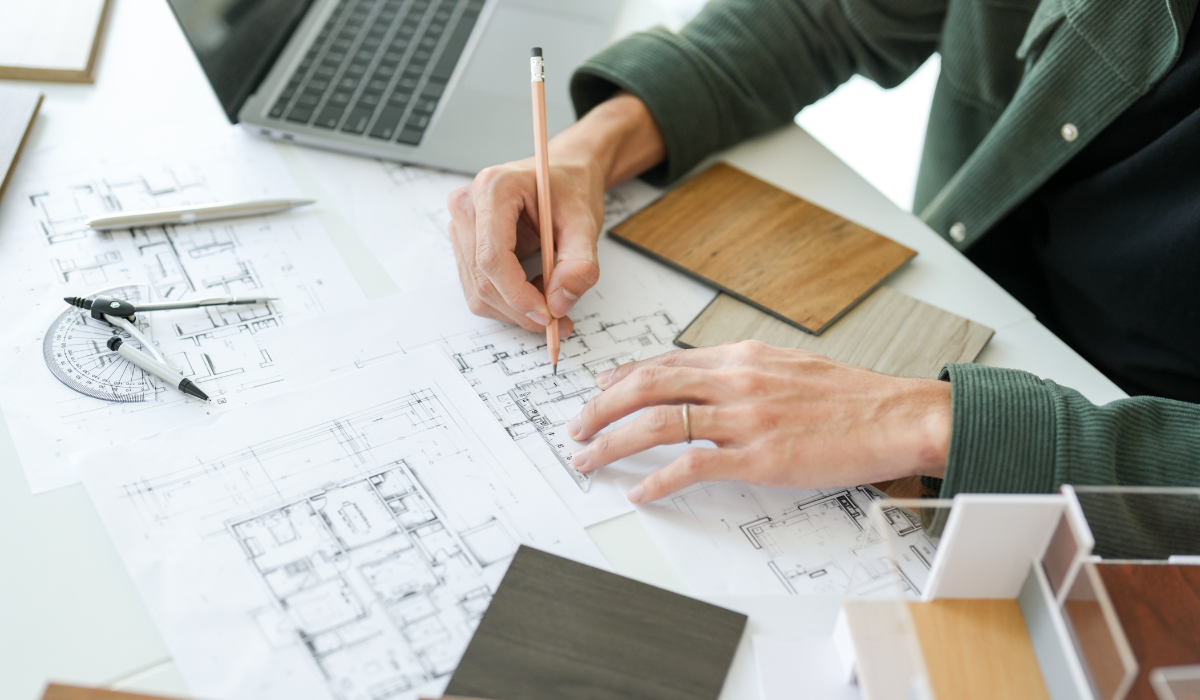How Long Does a Home Renovation Really Take in Singapore?

This blog guides Singaporean homeowners through typical renovation timelines, from planning to handover. It breaks down the duration of each stage and highlights common causes of delays like permit approvals or material lead times. Learn practical tips to stay on track and manage expectations for a successful and timely home transformation.
Whether you are renovating a resale flat or furnishing your new BTO, one of the first questions that comes up is this - how long will the renovation actually take?
It is a fair concern. Most homeowners in Singapore want to move in by a certain date, plan around their lease expiry or avoid living in the mess during works. But renovation timelines are not always predictable. Delays can happen and rushing usually leads to regrets.
To help you plan with confidence, this article breaks down the typical renovation timeline into clear stages. We also explain what can affect the schedule and how to stay on track from start to finish.
1. Understanding the Overall Renovation Timeline
The average renovation timeline for a 3 to 5 room flat in Singapore usually takes 8 to 12 weeks, assuming no major delays or custom work. If you are doing only light touch-ups like painting and carpentry, you might finish in 4 to 6 weeks. But if you are hacking floors, changing electricals or dealing with permit approvals, expect it to take longer.
Renovation for condos and landed homes may vary depending on access policies, MCST restrictions or structural works. Landed properties, especially those involving A&A or rebuilding, will take significantly more time, often 3 to 9 months or more.
That said, renovation timelines are not fixed formulas. They depend on your scope, material lead times and how efficiently your designer or contractor manages the process.

2. Typical Renovation Timeline by Stages
Here is a general breakdown of what happens during a typical renovation and how long each stage usually takes.
Pre-renovation: Design and Planning (2 to 4 weeks)
Before anything is built or hacked, you need time to finalise your layout, choose materials and sign the quotation. During this period, you will be reviewing 3D visuals, making site visits and approving detailed drawings.

If permits are needed, especially for HDB hacking, plumbing or window works, your designer will need time to submit the forms and wait for approval.
Hacking and Structural Work (3 to 5 days)
If you are removing tiles, built-ins or walls, this stage usually happens first. It is fast, but very noisy and dusty. Hacking also needs to be done only during permitted hours, so expect a few days depending on the amount of work.

Electrical and Plumbing Works (5 to 8 days)
Once surfaces are cleared, electricians and plumbers will start installing concealed wiring, lighting points, switches, pipes or heater connections. This stage can overlap with the next few steps.
Wet Works and Tiling (1 to 2 weeks)
Flooring, wall tiles, waterproofing and cement screeding all fall under wet works. These take time to cure properly before carpentry and fittings can be installed. If you are redoing the kitchen or bathrooms, this stage becomes especially important.
Carpentry and Fabrication (2 to 4 weeks)
This includes kitchen cabinets, wardrobes, TV consoles and feature walls. Most of the work is done off-site at the factory. On-site installation usually takes 3 to 5 days, but scheduling and material delays may stretch this stage.
Painting and Touch Ups (2 to 4 days)
After most of the construction is done, painters will finish the walls and ceiling. This also includes caulking, minor corrections and preparing the home for handover.
Final Cleaning and Handover (1 to 2 days)
A thorough cleaning is done before you move in. If you spot any minor issues or defects, your designer will arrange for quick touch ups or fixes before handover.
3. Common Causes of Renovation Delays
Even with the best planning, delays can occur. Knowing the common culprits helps you prepare for them in advance.
- Permit approvals take time: HDB, URA or condo MCST approval processes may stretch beyond your timeline if not submitted early.
- Custom materials or fittings: Items like imported tiles, premium laminates or made-to-order carpentry panels can take weeks to arrive, especially during peak seasons.

- Trade coordination issues: Carpentry is unable to proceed if electrical work has not been completed. Tiling has to be cured before painting begins. A delay in one area creates a chain effect.
- Changes during the process: Changing your layout, cabinet colour or tile choice halfway through may require rework or new orders, which pushes the schedule back.
4. How to Keep Your Renovation on Track
There are a few simple but important things you can do as a homeowner to stay within schedule and avoid frustration.
Confirm all decisions early
- Finalise your design, materials and appliances before construction begins.
- Avoid last-minute changes unless absolutely necessary.
Communicate often and clearly
- Stay updated with your designer or project manager.
- Weekly progress updates help flag potential issues early.

Trust the process and avoid overloading the timeline
- Trying to squeeze everything in faster can backfire.
- Let each trade complete their work properly before the next begins.
Add a buffer to your move-in date
- Even if your contractor promises 8 weeks, plan around 10 to 12 weeks to allow space for minor delays or final touch-ups.
Need Help Mapping Out Your Renovation Timeline?
A well-planned renovation is not just about good design. It is also about timing things right, from permits and materials to handover and move-in. The earlier you plan, the fewer surprises down the road.
If you are unsure how long your project might take or where to even begin, our team is here to guide you through it. We will help you make sense of the timeline, avoid common delays and move forward with confidence.
Reach out for a free consultation and get expert guidance tailored to your renovation goals and schedule.
Contact us via WhatsApp (+65) 8593 3988
